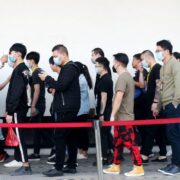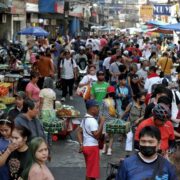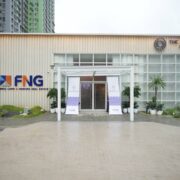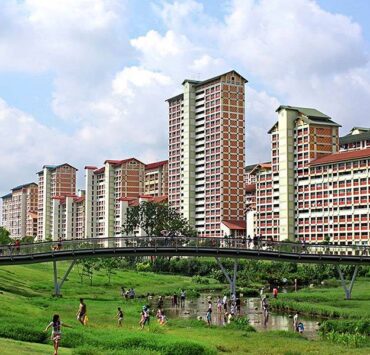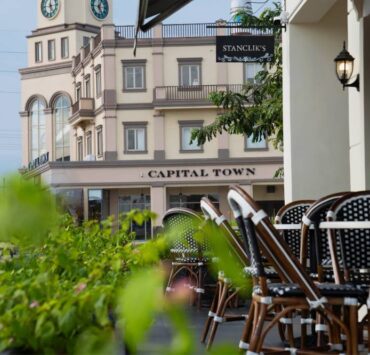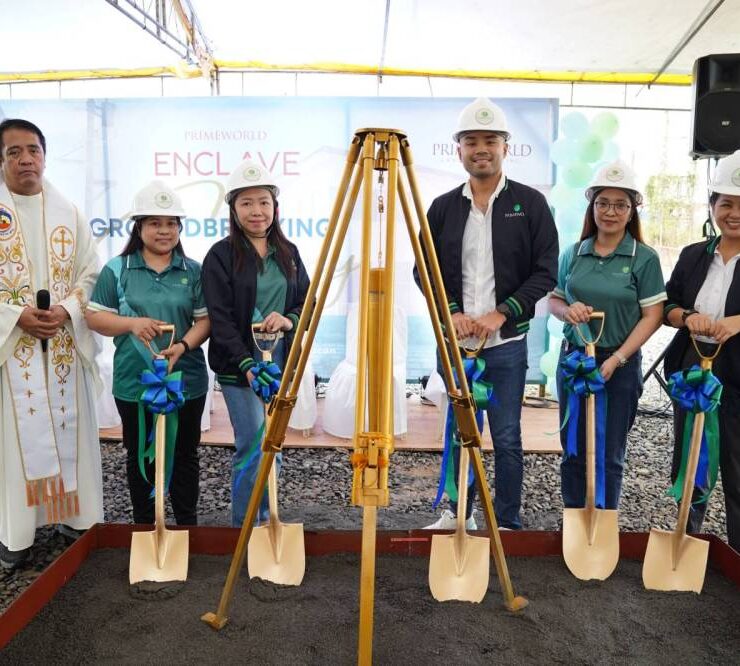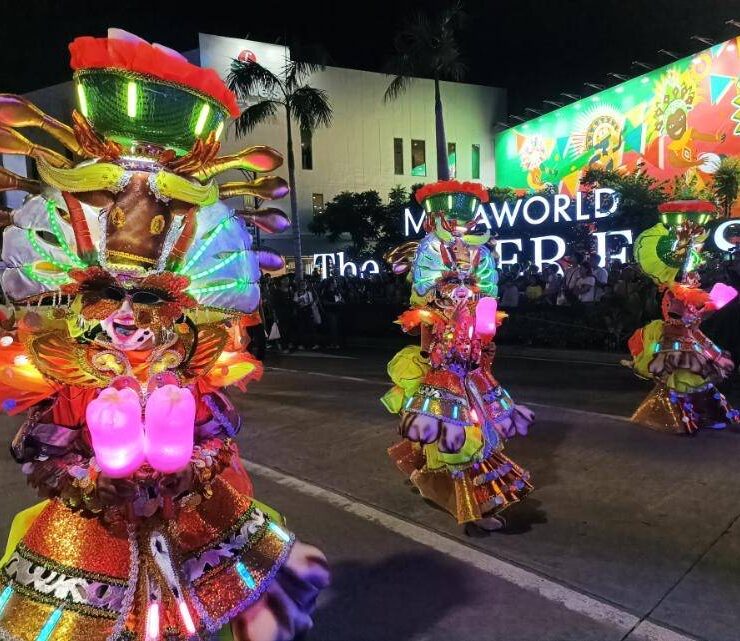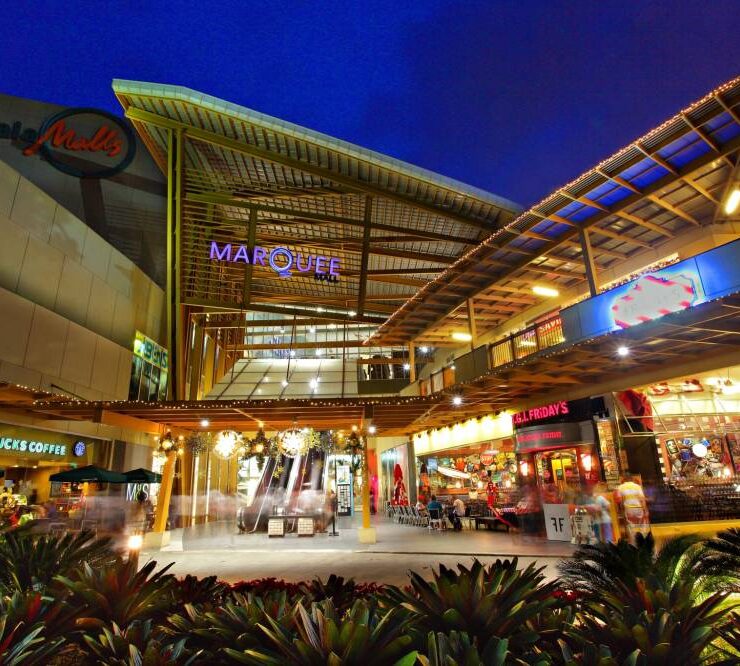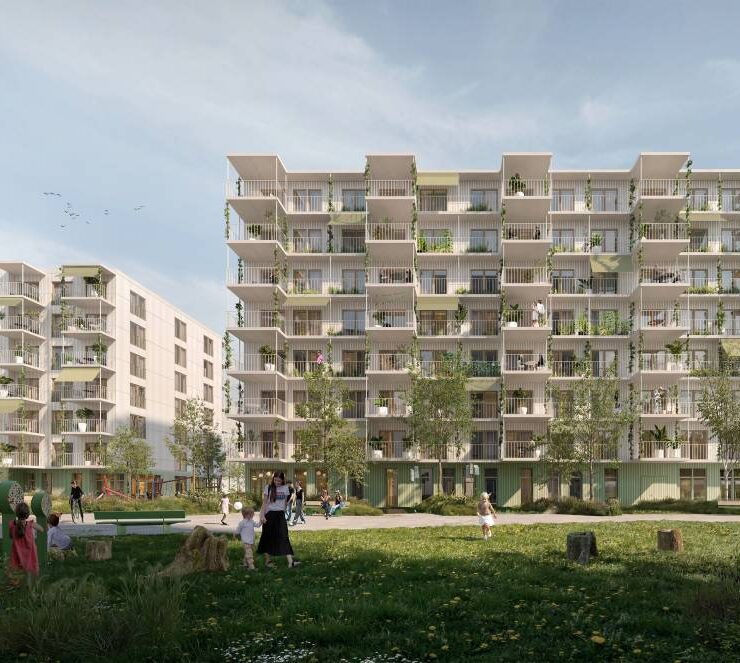Capital Town rises as a climate-smart economic powerhouse in the north
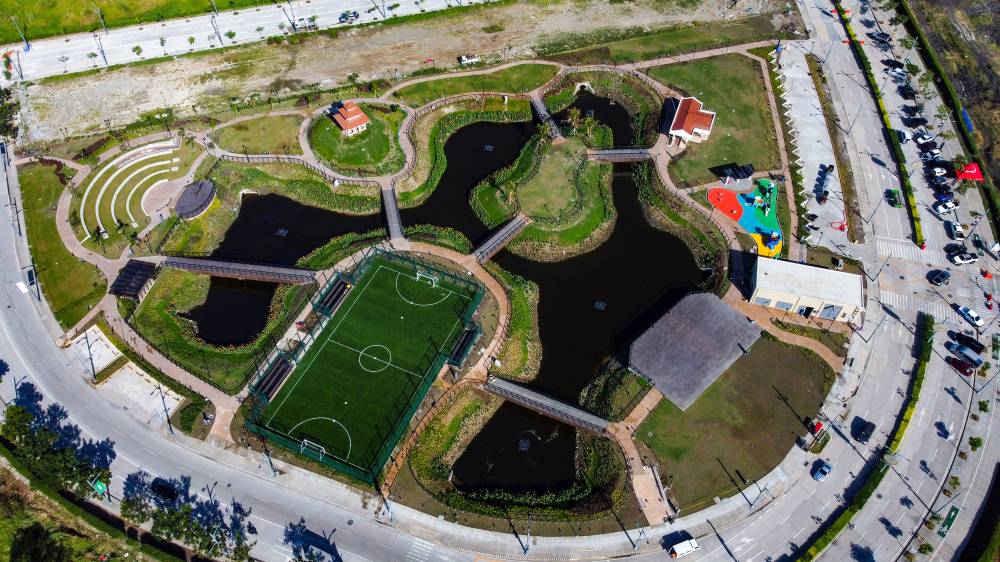
It stands proudly as the centerpiece of an emerging modern township—a “green amenity” that is now fast becoming the Kapampangans’ new favorite hangout.
Even on an ordinary weekday, the 2-hectare Rainwater Park at Capital Town—Megaworld Corp.’s township in San Fernando, Pampanga—hums with so much life. Here, joggers find a safe space to do their daily runs, while families take a leisurely stroll along manicured paths. Children, too, get to race through the play areas and mini football field whereas friends are able to unwind either by the man-made lagoon, in al fresco nooks, or at the open air amphitheater.
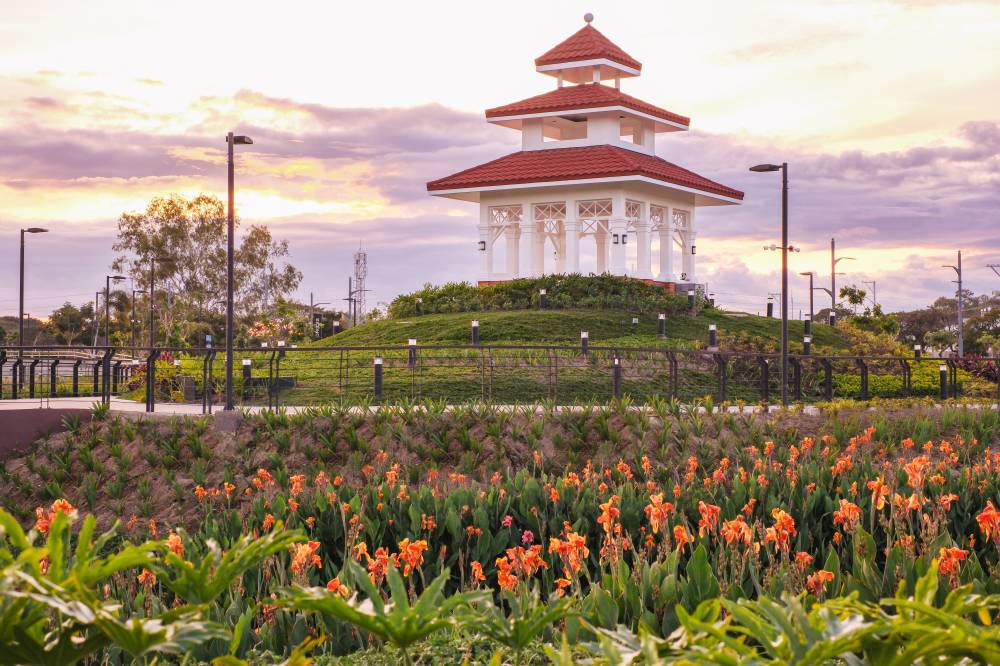
Vital infrastructure
Beyond the aesthetics however, this picturesque park also conceals a smart water management system that captures rainwater in underground reservoirs, reuses surface runoff to water the park, and, more importantly, helps buffer Capital Town against floods.
Essentially, what looks like a typical community park is in fact a vital infrastructure that helps mitigate flooding, reduces pressure on drainage systems, and reuses stormwater for irrigation. At the same time, it invites communities to gather in a bustling, beautiful public space right in the heart of Pampanga’s most promising township development.
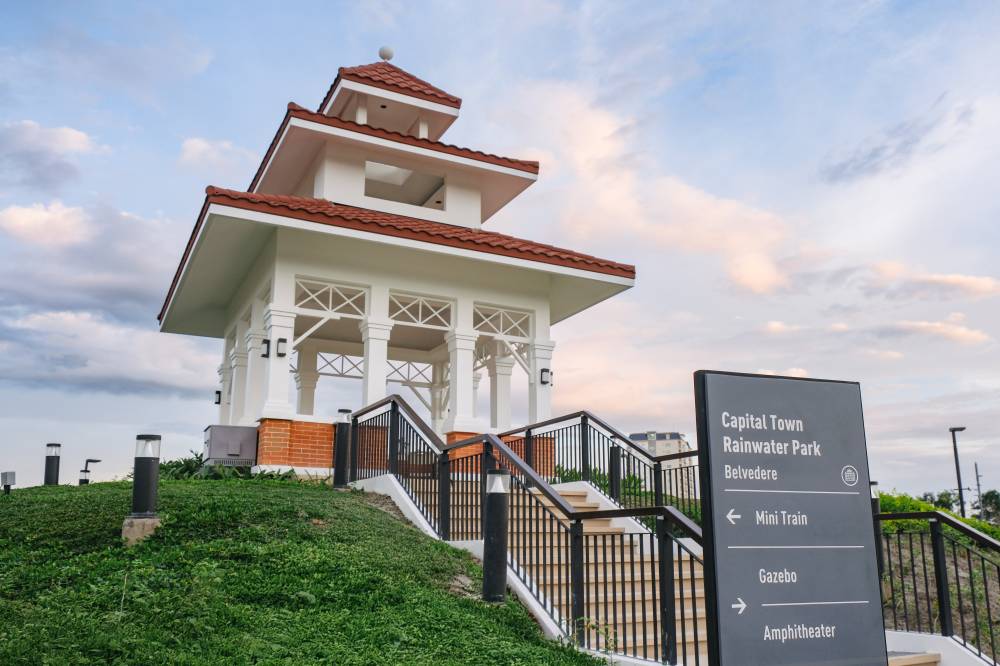
“What we did here is something special because we understand that the Kapampangans are very particular—they have high standards. We want to offer them something that is world-class,” said Eugene Lozano, SVP for Sales and Marketing of Megaworld Pampanga.
Lozano explained that the Rainwater Park, which officially opened to the public just last March, not only serves as a distinct destination that can attract locals and tourists to Capital Town, but also “fulfills a higher purpose of beyond just being a facility that brings together the entire community” as it helps make San Fernando a thriving and livable city for Kapampangans.
According to Megaworld officials, the park has a capacity of about 7,500 cubic meters—equivalent to the volume of water held by three Olympic-size swimming pools. This kind of capacity—which thankfully has never been fully reached to date—provides ample buffer period for floodwaters around Capital Town to recede. Only once the floodwater has subsided does the system begin to gradually release excess runoff into the nearby Santo Niño Creek.
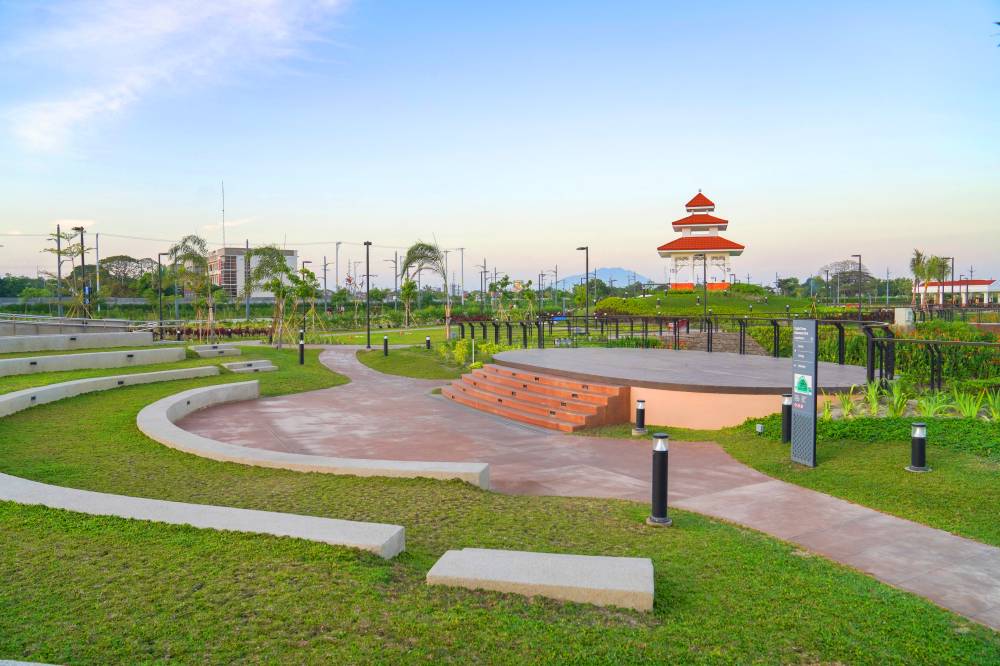
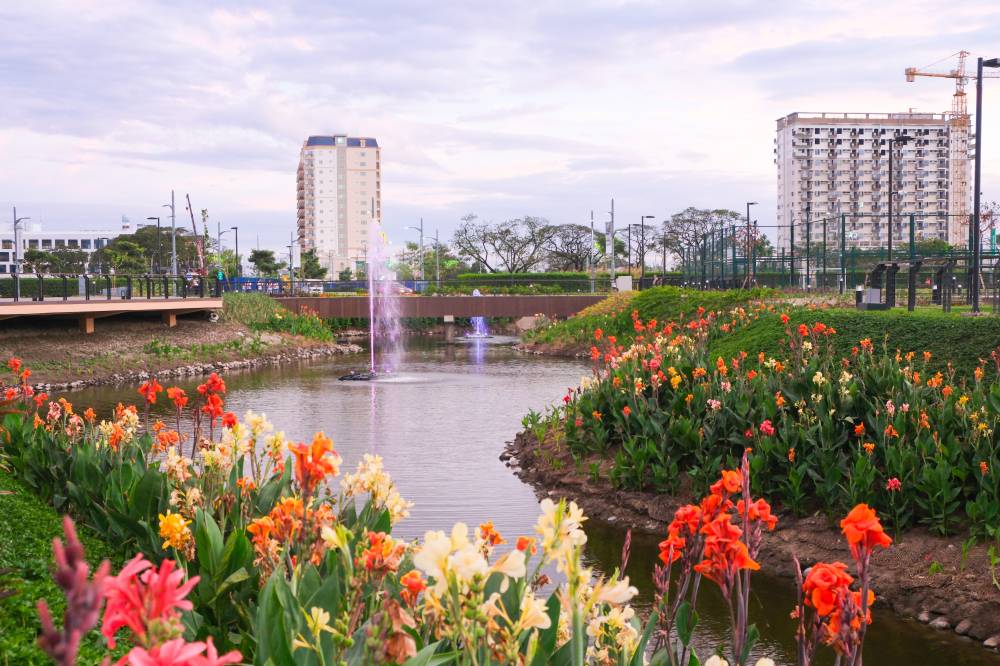
Sustainable cities
Such a feature is increasingly being regarded today as an indispensable addition to modern cities, especially in typhoon‑prone countries like the Philippines where practical, climate‑smart infrastructure is key to flood resilience. Once a novelty, rainwater parks are now becoming more of a necessity—a crucial component of truly sustainable, climate-smart cities.
Elsewhere in the world, rainwater parks have aptly shown how flood defenses can double as playgrounds, open air classrooms and tourist magnets.
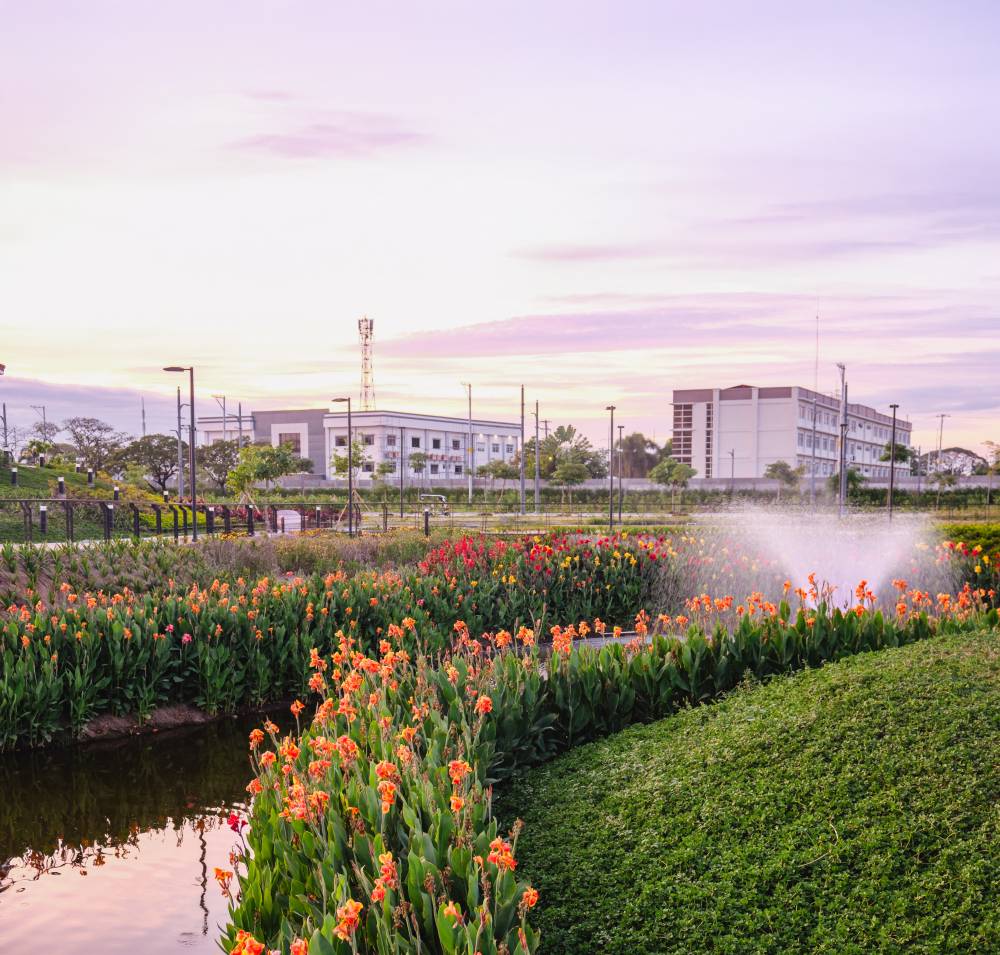
One example is Singapore’s Marina Barrage—reportedly its first freshwater reservoir in over a century, which also serves as a flood control measure, and features a sprawling rooftop park. Perched atop the dam are lush sculpted gardens, picnic lawns, and an event plaza—a fitting showcase of how brilliant engineering can pave the way for a healthier, more sustainable, and more enjoyable city living.
Similarly, Capital Town’s Rainwater Park integrates ecological resilience with social vitality. For residents and guests, this means easy access to verdant open spaces, fresh air, and leisure hubs.
For businesses and investors, this park translates into tangible value in the form of deferred flood-control costs, enhanced environmental, social, and governance (ESG) credentials, and premium leasing opportunities for the township’s retail, residential and office assets.
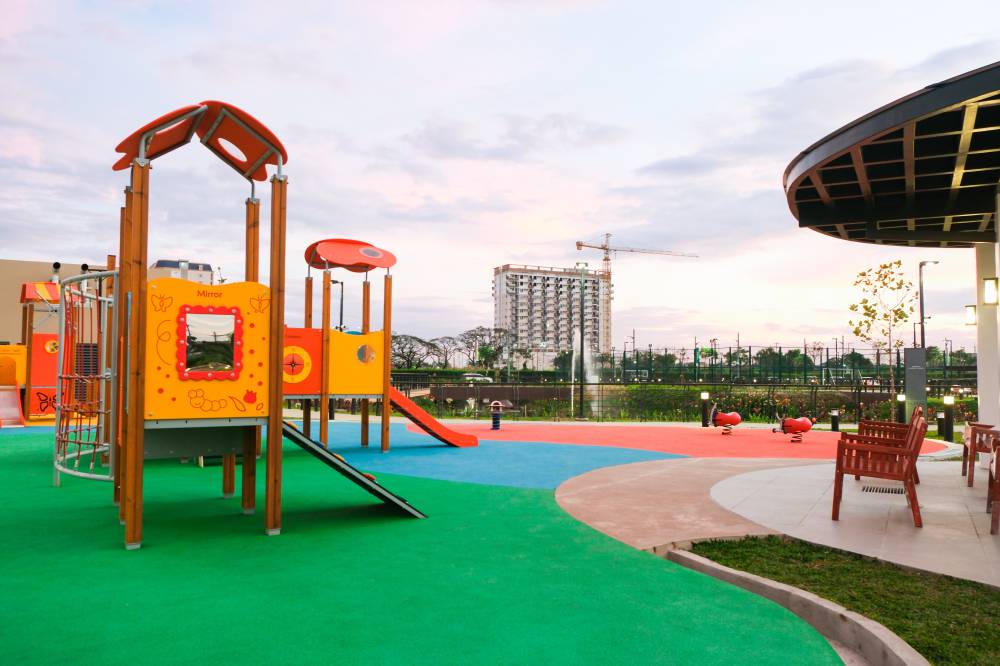
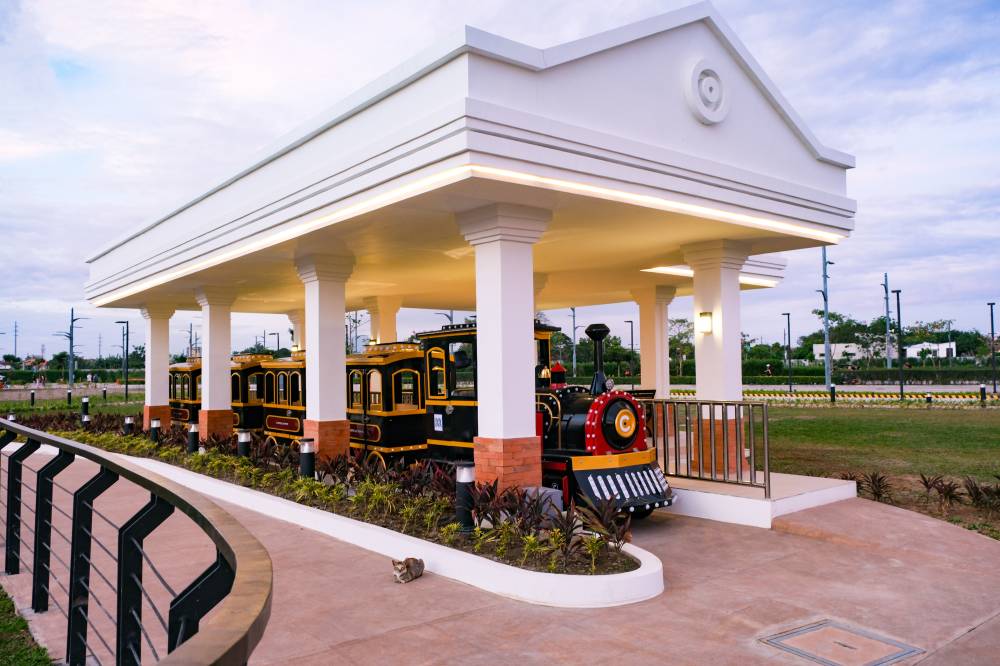
A resilient economic engine
The Rainwater Park is the newest township highlight unveiled by Megaworld—joining Capital Town’s lineup of attractions that include the iconic Clock Tower, a vibrant Shophouse District, and Pampanga’s largest McDonald’s branch. Also rising here is the 374-room Savoy Capital Town, Megaworld’s first hotel development north of Metro Manila.
All these will serve as anchors to the four residential condominiums launched here to date—the 15-story Chelsea Parkplace, 16-story Bryant Parklane, 15-story Montrose Parkview, and 17-story Saint-Marcel Residences—as well as the four-story Pasudeco Tower, a LEED-registered Megaworld office development, whose 11,000 sqm of available space are all fully leased out. The latter is the first of many Megaworld office buildings to rise in the township.
Indeed, as Megaworld continues to breathe new life in this historic sugar central, it creates a new economic engine that far exceeds its signature live-work-play promise—one that pays homage to its proud heritage while shaping a more sustainable and more resilient future.





